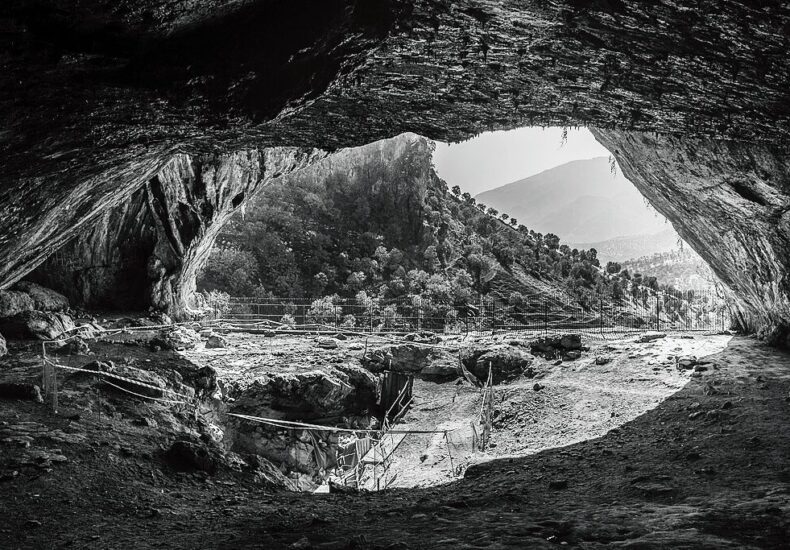
The Origins of Cemeteries: How Early Societies Buried Their Dead
When you walk through a cemetery, you’re not just stepping on soil—you’re treading the timeline of humanity’s relationship with death. From humble holes in the ground to elaborate stone cities of the dead, cemeteries reveal how we’ve tried, over millennia, to make peace with the final frontier. But where did it all begin? Why did early humans start burying their dead, and what do those practices tell us about who we were—and are? Let’s unearth the origins of cemeteries, one layer at a time.
Contents
- The First Graves: Burials in Prehistoric Times
- Neolithic Graves: Monuments to Memory
- Ancient Egypt: Where the Afterlife Was a Career Goal
- Greece and Rome: A Walk with the Ancestors
- China and the East: Ancestor Worship and the Cycle of Life
- Indigenous Burial Practices: Diversity and Intimacy with Nature
- From Sacred Space to Urban Real Estate: The Rise of Organised Cemeteries
- Bottom Line
- FAQs
The First Graves: Burials in Prehistoric Times
Long before pyramids pierced the sky or catacombs stretched beneath cities, prehistoric humans began to bury their dead. Some of the earliest known graves—dating back more than 100,000 years—were simple pits in the earth, found in places like Qafzeh Cave in Israel or Shanidar Cave in Iraq.
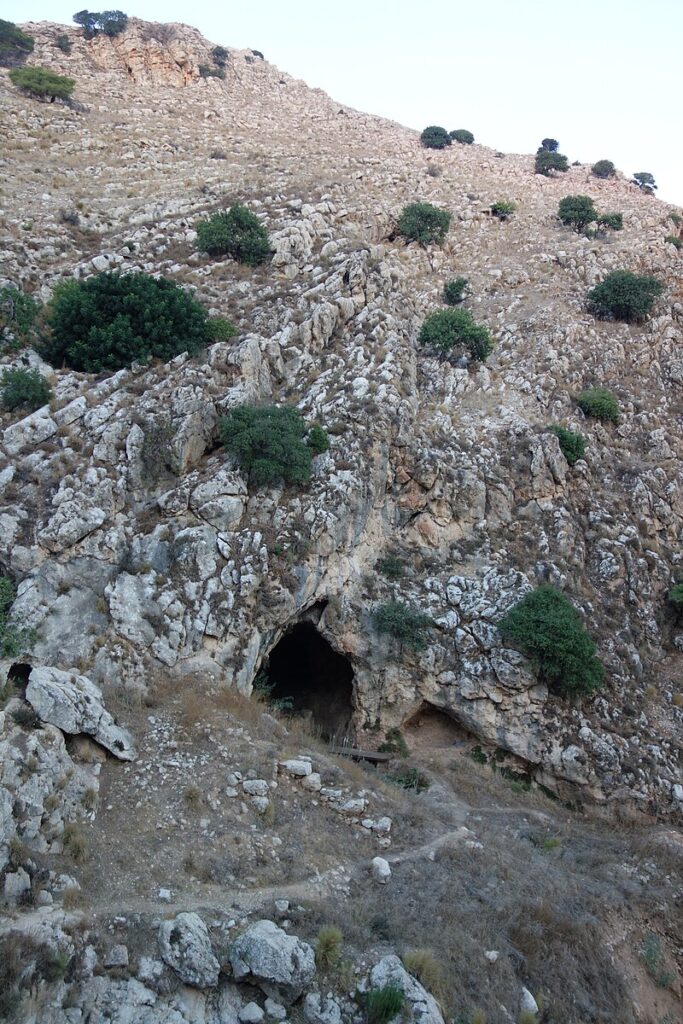
But here’s the kicker: these weren’t just practical dumps for the deceased. They often included grave goods—tools, shells, red ochre—suggesting early humans were already grappling with spiritual questions. Was there life after death? Were they honouring the dead or protecting the living from spirits?
This early behaviour hints at the roots of religion, memory, and even community. Burial, it seems, was humanity’s first form of storytelling.

Neolithic Graves: Monuments to Memory
By the time we reached the Neolithic Age (around 10,000–4,000 BCE), humans had stopped wandering and started settling. With that came a more permanent relationship to the dead. Enter megalithic tombs—massive stone structures like dolmens, passage graves, and cairns, found throughout Europe and parts of Asia.
Take Newgrange in Ireland, a 5,200-year-old passage tomb aligned with the winter solstice. Coincidence? Not likely. Early societies began aligning death with the cosmos, creating architectural marvels that married earth, sky, and spirit.
These sites weren’t just burial chambers. They were community hubs, ceremonial spaces, and perhaps even pilgrimage destinations. In other words, they weren’t hiding their dead—they were honouring them with all the drama of a sacred performance.

Ancient Egypt: Where the Afterlife Was a Career Goal
No civilisation merged death and decor quite like the Egyptians. To the ancient Egyptian, death wasn’t the end—it was the job interview for eternity. That’s why pharaohs and elites were buried in tombs so ornate they put modern mansions to shame.
The pyramid is perhaps the most iconic cemetery innovation in history. But beyond its grandeur, it represented a societal shift: only the powerful could afford elaborate burials, while the common folk were laid to rest in simpler pit graves or communal necropolises.
This division gave rise to something we still see today—death as a mirror of class. Your tomb tells others who you were, not just in life, but forever after.
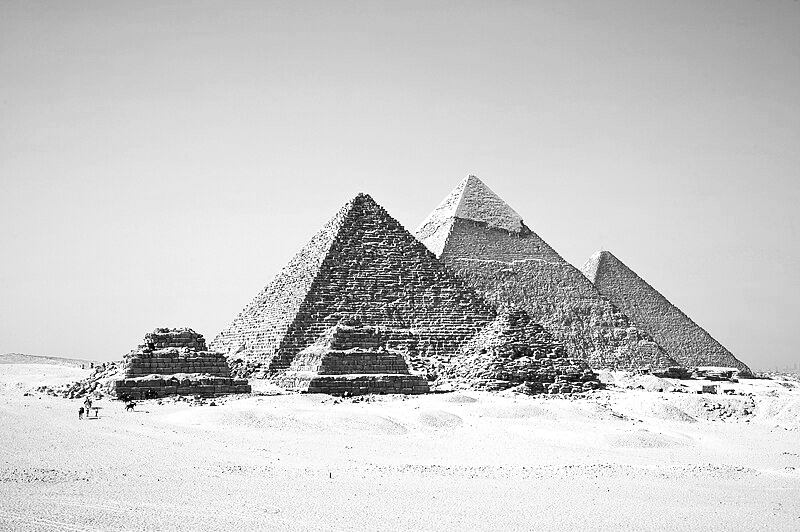
Greece and Rome: A Walk with the Ancestors
The ancient Greeks and Romans took a more public approach to burial. In Rome, burial sites lined the roads leading into cities—a literal “walk with the ancestors.” This wasn’t just about remembrance—it was a flex. Monuments and mausoleums showed off family prestige, civic duty, and wealth.
Unlike the Egyptians, they cremated and buried their dead interchangeably, depending on trends and beliefs of the era. And while tombs still varied in extravagance, cemeteries (or necropoleis) became spaces of both reverence and recreation.
Yes, you read that right. People picnicked in Roman cemeteries. The dead weren’t banished to the shadows—they remained an active part of daily life.
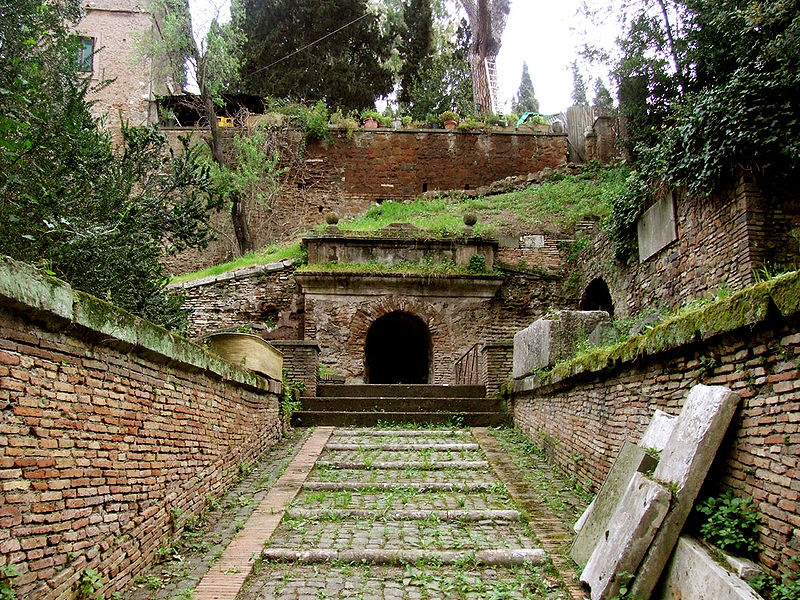
China and the East: Ancestor Worship and the Cycle of Life
While Western burial often emphasised individual legacy, ancient Chinese burial practices leaned toward collective remembrance and the cyclical nature of life. The idea of ancestor worship shaped everything—from how graves were placed (with geomantic principles like feng shui) to what was buried with the deceased (lavish goods, food, even entire terracotta armies).
Burials were deeply spiritual acts, ensuring that the dead were respected, remembered, and even relied upon to guide the living. Cemeteries weren’t just final resting places; they were portals between worlds, maintained and visited regularly through ritual.
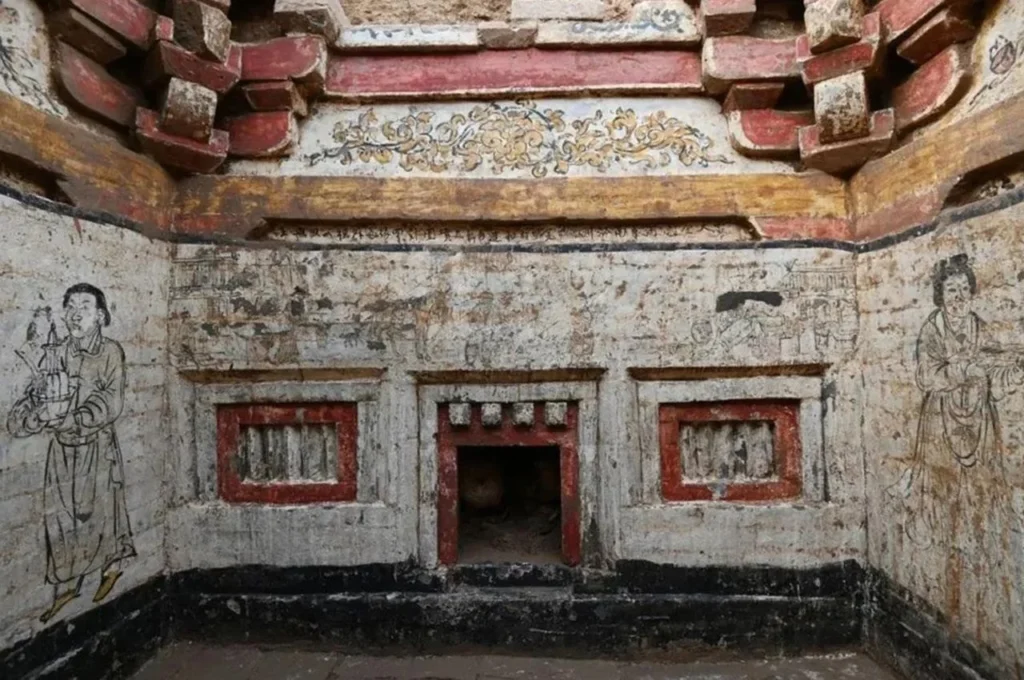
Indigenous Burial Practices: Diversity and Intimacy with Nature
Across the Americas, Africa, and Oceania, indigenous cultures developed rich, diverse burial traditions that emphasised community, continuity, and communion with the earth. Some groups buried their dead in mounds; others placed bodies in trees or caves. In many cases, burial was not about permanence, but about returning the body to nature in a sacred way.
These cultures often reject the idea of a standardised cemetery. Instead, burial grounds were woven into the landscape, part of the natural world rather than carved away from it.
And here’s a powerful thought: these practices challenge the very premise of modern cemeteries. Maybe the dead don’t want fences. Maybe they want freedom.
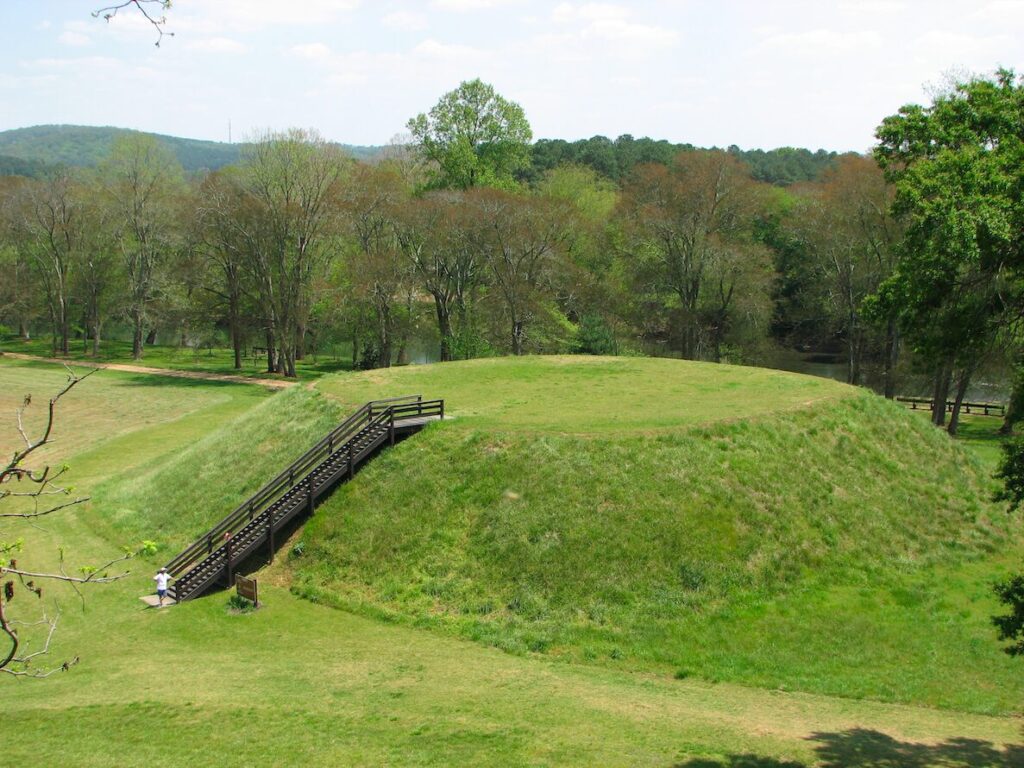
From Sacred Space to Urban Real Estate: The Rise of Organised Cemeteries
So when did we get to the idea of designated burial grounds—cemeteries as we know them? That happened much later, especially in Europe during the Middle Ages. Churches maintained graveyards, often cramped and chaotic, right outside their doors.
But by the 18th and 19th centuries, population growth, disease, and sanitation concerns forced cities to rethink burial. This led to the rise of planned, landscaped cemeteries—like Père Lachaise in Paris or Mount Auburn in Boston.
These were designed not just as places to mourn, but as places to walk, think, and experience beauty. They became parks for the dead, yes—but also for the living.
And from that moment on, cemeteries became more than burial grounds. They became mirrors of modern life: stratified, landscaped, emotional, and deeply symbolic.

Bottom Line
Cemeteries didn’t start as a practical solution—they began as a way for humans to understand death. Whether through rituals, architecture, or cosmic alignments, every culture built cemeteries to speak to the dead—and to themselves.
They remind us that mourning is universal, but the way we do it tells unique stories about who we are. And while customs may evolve, one thing remains: the dead still walk among us, not in flesh, but in the spaces we carve to remember them.
So next time you pass a graveyard, don’t just see names etched in stone—listen for the echoes of everything we once believed, and everything we’re still figuring out.
Cemeteries are where we bury the living, too.
FAQs
The oldest known cemetery is at Qafzeh Cave in Israel, where intentional burials dating back over 100,000 years have been found.
Likely for spiritual, hygienic, and emotional reasons. Burial allowed early societies to honor their dead, protect the living, and express emerging religious beliefs.
Technically, a graveyard is attached to a church, while a cemetery is a standalone burial ground. The terms are often used interchangeably today.
In most early societies, wealth and status heavily influenced burial. The elite had grand tombs or pyramids, while common people were buried more modestly, often communally.
Absolutely. Concepts like honouring the dead, marking graves, and ritual burial all have ancient roots that continue in today’s funerary customs.
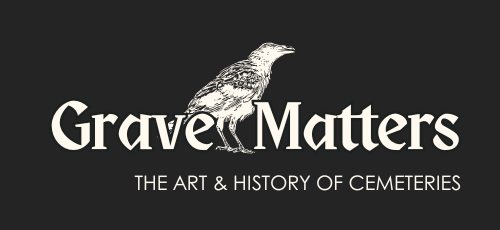
Leave a Reply